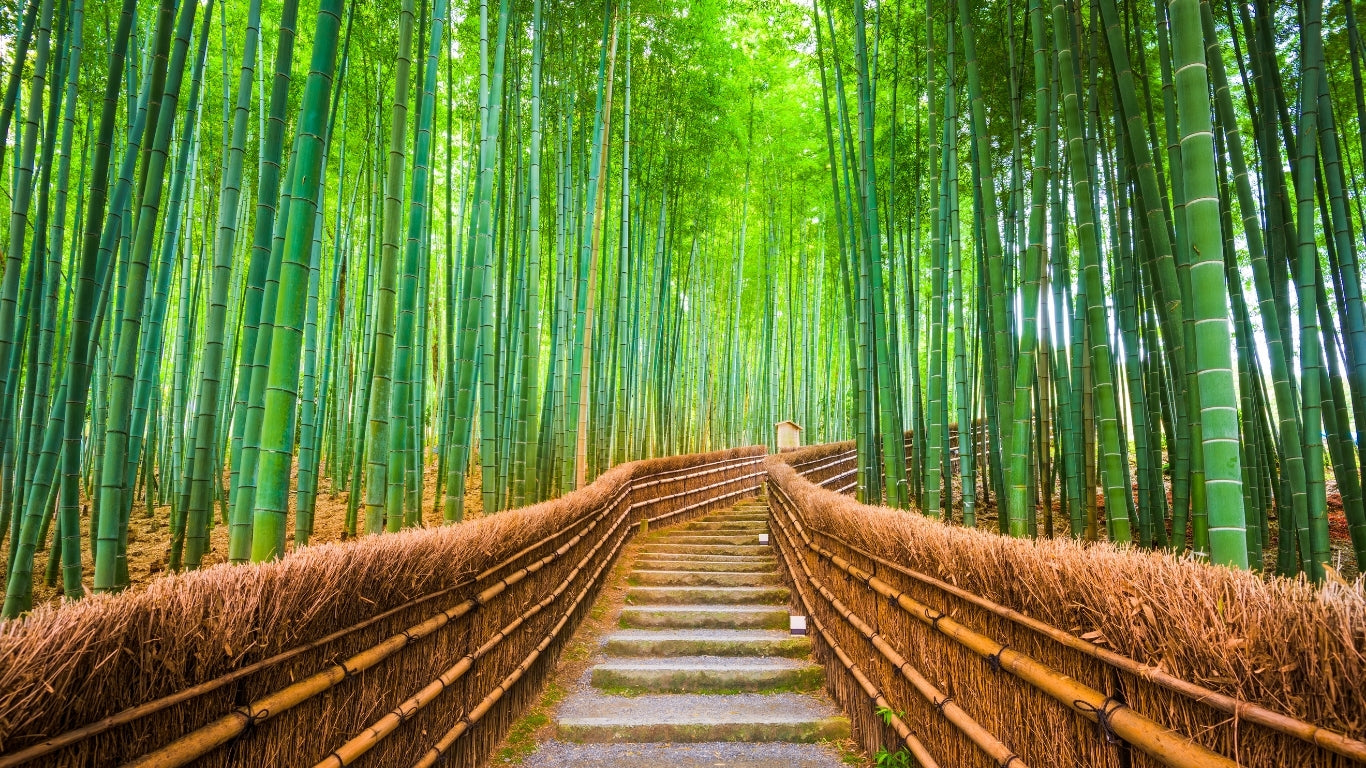
Bamboo: Weaving the Future of Sustainable Fashion
The Rise of a Sustainable Superstar: Why Bamboo is the Future of Fashion
In the ever-evolving landscape of fashion, consumers are increasingly seeking not just style and comfort, but also sustainability. As we navigate the challenges of climate change and environmental degradation, the industry is under immense pressure to adopt more eco-conscious practices. Enter bamboo – a remarkable plant poised to revolutionize the fashion world. Far from being just a humble dietary staple for pandas, bamboo is emerging as a versatile, renewable, and incredibly sustainable textile, making it a compelling candidate for the future of fashion.
What Makes Bamboo So Sustainable?
Bamboo's eco-friendly credentials are undeniable, stemming from its rapid growth and minimal resource requirements. Unlike cotton, which is notoriously water-intensive and often relies on heavy pesticide use, bamboo boasts an impressive list of sustainable attributes:
- Rapid Growth: Bamboo is one of the fastest-growing plants on Earth, with some species growing up to 3 feet per day. This remarkable growth rate means it can be harvested frequently without depleting resources.
- Low Water Consumption: Bamboo requires significantly less water to grow compared to conventional cotton crops. It can thrive in arid conditions and often relies on rainfall alone.
- No Pesticides or Fertilisers: Bamboo naturally possesses a strong antibacterial agent, which deters pests and diseases. This inherent resilience means it can be grown organically without the need for harmful pesticides or synthetic fertilizers, protecting soil health and water quality.
- Carbon Sequestration: Bamboo plants absorb more carbon dioxide and produce more oxygen than many other tree species. This makes bamboo cultivation a powerful tool in combating climate change.
- Soil Health: Bamboo's extensive root system helps prevent soil erosion and can even help in land remediation. As the plant grows, its fallen leaves create a natural mulch, enriching the soil.
The Advantages of Bamboo Fabric
Beyond its environmental benefits, bamboo fabric itself offers a range of desirable properties that make it an attractive choice for clothing and textiles:
- Exceptional Softness: Often compared to silk or cashmere, bamboo fabric is incredibly soft and smooth to the touch, providing a luxurious feel against the skin.
- Breathability and Temperature Regulation: The natural structure of bamboo fibers creates micro-gaps, allowing for excellent airflow. This makes bamboo fabric highly breathable, keeping you cool in the summer and warm in the winter.
- Moisture-Wicking Properties: Bamboo fabric has superior moisture-wicking capabilities, drawing sweat away from the body to keep you dry and comfortable.
- Hypoallergenic: Due to its natural properties and lack of chemical treatments, bamboo fabric is gentle on the skin and is an excellent choice for those with sensitive skin or allergies.
- Odor Resistance: Bamboo naturally contains a bio-agent called “bamboo kun,” which gives it antimicrobial and odor-resistant properties. This means your bamboo garments will stay fresher for longer.
- Durability: When properly cared for, bamboo fabric is surprisingly durable and can withstand frequent wear and washing.
The Many Applications of Bamboo in Fashion
The versatility of bamboo fabric means it's finding its way into a wide array of fashion items:
- Everyday Apparel: From t-shirts and tank tops to leggings and loungewear, bamboo is perfect for comfortable, everyday wear.
- Activewear: Its moisture-wicking and breathable properties make bamboo an excellent choice for workout gear, keeping athletes comfortable and dry.
- Undergarments: The softness, breathability, and hypoallergenic nature of bamboo make it ideal for bras, underwear, and socks.
- Outerwear: Innovations in bamboo processing are leading to its use in more durable outer layers, offering warmth and weather resistance.
- Home Textiles: Beyond clothing, bamboo fabric is also used for bed linens, towels, and other home goods, bringing its sustainable comfort to every aspect of life.
Addressing the Production Process
It's important to acknowledge that the production of bamboo fabric involves processing the bamboo pulp. While the most common method, viscose or rayon from bamboo, uses chemicals, advancements are being made towards more closed-loop and eco-friendly production methods, such as Lyocell. As the industry matures, consumers can look for brands that prioritise sustainable processing techniques and transparency in their supply chains.
The Future is Woven with Bamboo
As the fashion industry continues its critical journey towards sustainability, bamboo stands out as a champion material. Its rapid growth, minimal environmental impact, and the exceptional comfort and performance of its fabric make it a clear frontrunner. By choosing bamboo, consumers can make a conscious decision to support a more responsible and earth-friendly fashion industry. In 2025 and beyond, expect to see bamboo woven even more intricately into the fabric of our wardrobes, proving that style and sustainability can indeed go hand-in-hand.









